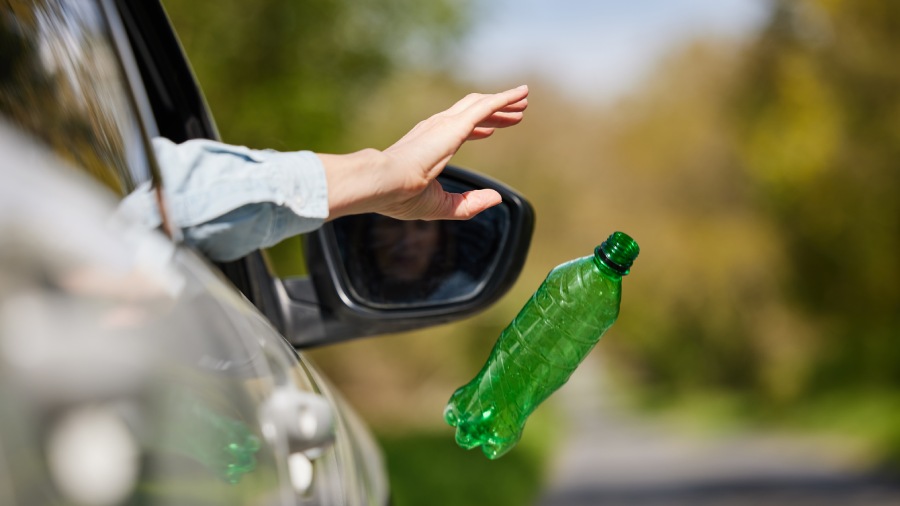The footpath along the northern boundary of the Indian Museum has turned into a garbage dump and a garage for carts used for solid waste disposal every morning.
They leave no space for pedestrians to walk, allow filth to accumulate outside the majestic edifice and raise questions about the Kolkata Municipal Corporation’s (KMC) solid waste management programme at a time the city and its surrounding areas are in the grip of dengue.
“A terrible sight,” a Kolkatan with a keen interest in the city’s heritage said, referring to the solid waste lying scattered on the footpath outside the museum.“The road has turned into a garbage dump. Is this how you treat a 200-year-old institution? This is a deliberate act.”
Another Kolkatan, recounting mayor Firhad Hakim’s statement that litterbugs will be prosecuted, questioned what the KMC was doing.
On Monday, The Telegraph found sacks, bamboo poles, a leather seat, concrete chunks, thermocol boxes, polythene bags and wooden planks in the waste lying on the footpath along Sudder Street, which runs along the northern boundary of the museum. Sludge scooped up while cleaning a drain had also been left there.
Some local shopkeepers said the waste was not removed every day. “Even when the waste is taken away, the cleaning is not good,” alleged a local trader. “A stench always emanates from this place,” said the owner of a restaurant in the area.
A few meters away, the footpath has turned into a stacking yard for carts that are used to remove waste. The waste as well as the carts were found on the footpath outside the red building of the museum, which is not visible from Jawaharlal Nehru Road.
Any accumulated solid waste contains small containers such as paper and earthen cups, which can turn into mosquito-breeding sites once water accumulates in them.
The Aedes aegypti mosquito, the transmitter of the dengue virus, can breed even in a coin-sized blob of stagnant water.
Mayor Hakim has asked the KMC’s solid waste management department to impose fines on people who are found littering public places. Individuals littering a road will have to pay Rs 525 for the first offence. The fine for the second offence is Rs 735 and for every subsequent one, the errant individual has to pay Rs 1,050.
Susmita Bhattacharya (Chatterjee), councillor of Ward 63 and chairperson of Borough VII, which includes the stretch outside the museum where waste accumulates, said the place was used to keep sludge taken out of a drain.
“The sludge is kept there for two days to dry before it is taken away. No solid waste is lying there on the footpath. The place is cleaned every day,” she said.


